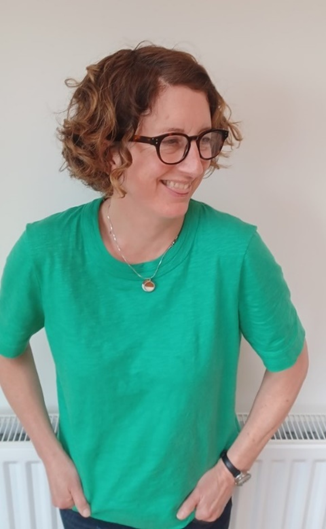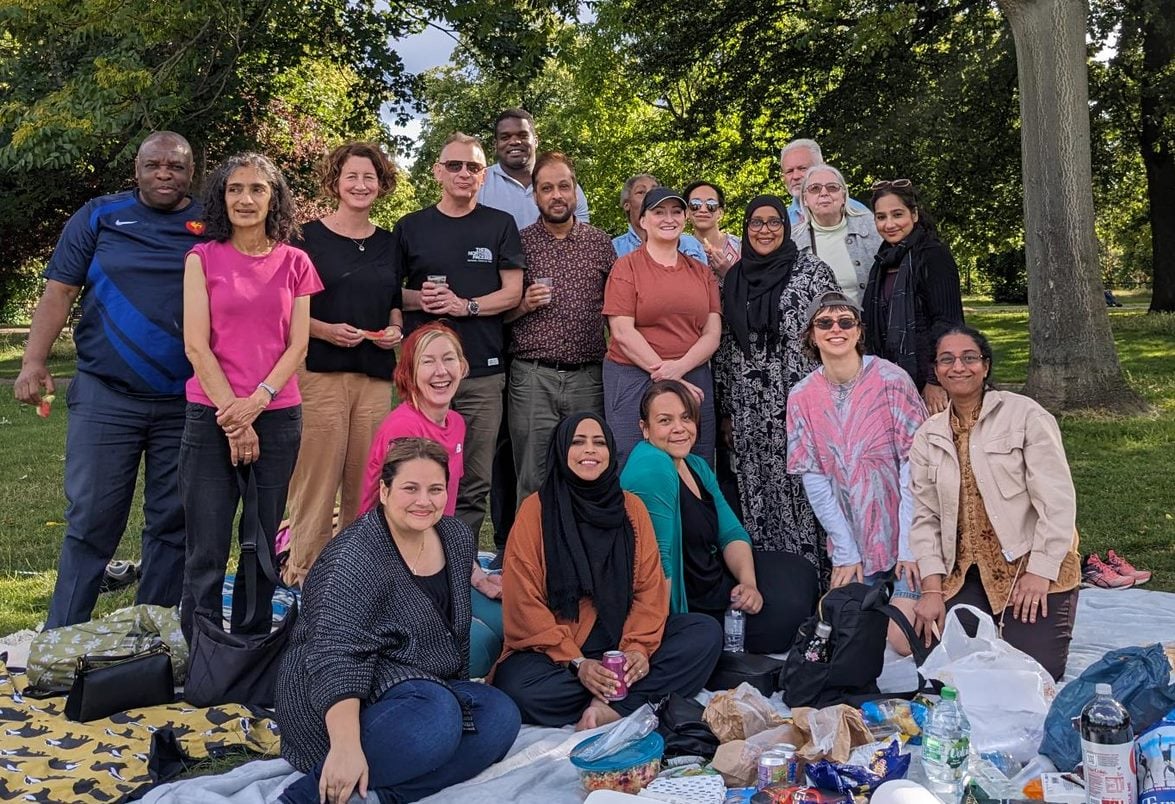Six things I've learnt from being Chief Executive, for a second time.
Published on 19 July 2023 10:11 AM
Mary-Ann Foxwell
In April this year I said goodbye to my first Chief Executive (CE) job and hello to my second. I’d loved my old role for (almost) the whole five years I’d had it. When I left I was full of pride in the team, the organisation’s services and its relationships. It was the first time I’d ever left a job I was still truly happy in.
Some context: I moved from Citizens Advice Wandsworth (CAW) to Age UK East London (AUKEL). Both organisations are local independent charities which are part of (different) national networks. AUKEL is roughly twice the size of CAW in terms of income and headcount and its services are delivered across a significantly larger geographical area.
During my notice period I was often asked why I was moving-on, the frequency of the question was telling and perhaps reflects a lack of confidence amongst Chief Executives of local charities. We tend to stay-put and remain comfortable; 20 years is not an uncommon local CE stint (and, don’t get me wrong some stay for this long and keep innovating and being brilliant). I wonder whether this is to the detriment of the sector; we don’t apply our expertise and experience to new places, and we too often make the organisations we run about ourselves (I was certainly at risk of doing this).
I hope that the moving-on learnings listed below will encourage others to do the same, and provide some preparation advice too.

- Saying goodbye is easier than anticipated (but mind the lack of influence over succession planning)
The hardest part about leaving was the fact as soon as I handed in my notice my board and I both moved into unchartered territory; we hadn’t prepared for this eventuality and consequently we weren’t ready. I learnt a lot from this period, as I’m sure my trustees did. I’d advocate having brave conversations about the CE recruitment process way in advance of it being a necessity, and suggest that together you aim to answer key questions like whether or not to engage a recruitment consultant, whether to use an interim CE, and how to involve staff and volunteers in an honest and transparent way.
Of course, I was worried about saying farewell. However, I was very fortunate to have a great send-off which (for me) both vindicated the amount I had invested in my job (sometimes at the expense of other, very important things) and sent me off on a confident and happy high, full of warmth and gratitude towards the people and organisation I was leaving. Two weeks later I walked into my new workplace and re-coupled (like an engine, rather than Chris and Gwyneth in reverse) to my new role.
- The second time feels very different from the first (like loves, children or even marathons!)
We rarely change organisations and keep the same role. This is certainly the first time I have done so, and I wasn’t prepared for the level of comfort this has given me. Second-time around I feel on safe and familiar ground; my priorities, accountabilities and responsibilities are the same. I can do a lot of ‘cutting and pasting’. I have muscle memory and a great deal of accumulated knowledge and learning which I can apply to my new organisation at pace and with confidence.
However, some of my strengths as a first-time CE came from my caution, my reflectiveness and need to listen. I’m aware that I need to temper the confidence I feel in my new role to ensure I take account of the new organisational culture, challenges and structure. Not all the solutions I found at my last organisation will apply at the new one, and even if they do I need to build relations, and take the team on the decision-making journey with me.
Also, my ownership of and responsibility for the new organisation feels less. This is partly because I’m not-yet as invested, but also because the scale and strength of my senior team means I don’t have the same sense of having to know and be across everything. This means I (so far!) sleep better and can better keep my work and home life separate.
- Charities are the same, but different (Governance)
AUKEL and CAW are constituted in the same way. But they have been led differently. This makes them fundamentally different in a way I could not have imagined. Most significantly, my current organisation has operated as a successful charity for many years with much less trustee oversight than I am used to. I massively valued trustee input in my last role. Having nine clever people coaching me, critiquing my work and continuously challenging me to lead the organisation better was a privilege. I’m looking forward to working with my new board to develop and strengthen our Governance arrangements and trustee expertise, and happily they seem equally keen to have their expertise utilised.
- Be prepared to make your own mind up (and don't necessarily believe what you are told)
As incoming CE I relied on what I was told by the recruitment agency (who had got their information from the board) and an interim CE who had been in place for nine months.
The interim CE had a partial view (which they were honest about); they saw the organisation through a very particular lens and shared negative rather than positive reflections. In this way they hoped to ‘prepare candidates for the role’. I like a challenge, and so was undeterred. But on reflection I should have visited the organisation before accepting the job. When I did so, I found a staff team that was unrecognisable from the one described to me, and a warm and supportive culture which was both welcoming and familiar in its dedication to supporting residents.
- The people are still everything (and are more resilient than I thought)
As chief executive the most important thing about my role is the people in my team. I knew this before I changed jobs; I’ve always been clear that a happy workforce which is treated kindly is more likely to provide kind and responsive services.
What I’ve learnt from changing roles is that excellent people can provide great services regardless of leadership and culture. This is unexpected and helpful learning for me. The team like working with each other and are to a significant extent motivated by the difference they make; that’s what they show-up at work for. My role is to provide them with focus, direction and to improve their working environment; I want our people to be happy at work and to thrive. I don’t know yet whether this will help us provide even better services, but being a kinder employer is a good start.

- The services we provide is (always) what counts most
In both my CE jobs proximity to service provision has been essential. This connection is the thing that enables me to understand the organisation, talk about our work properly, and most importantly care about what we do and therefore want to invest my whole self in supporting the organisation to do more of it, better. Without this connection the role could be almost entirely IT, HR, finance and governance.
It took me nearly two weeks to leave my induction paperwork and find my ‘new job’ CE mojo. I discovered it on consecutive days - firstly in an East End community centre full of older people exercising, playing games and eating lunch. And then, 24 hours later, sitting on the floor in a tiny hospital office squashed-in with three social workers, an extraordinary woman called Jane who sat in a huge and heavy wheelchair, and Kate - her equally extraordinary advocate (and my new colleague).
Changing workplace is hard and scary, it’s also exciting and challenging and I totally recommend it.
